
Mayur Naik
@ai4code
Misra Family Professor @CIS_Penn. I do research on neurosymbolic AI and cybersecurity.
ID: 1084346225497755648
http://www.cis.upenn.edu/~mhnaik/ 13-01-2019 07:07:41
395 Tweet
2,2K Followers
291 Following
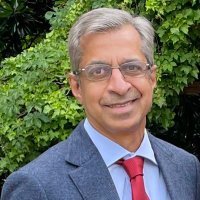

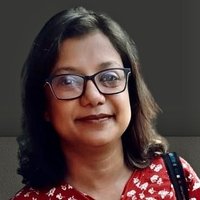
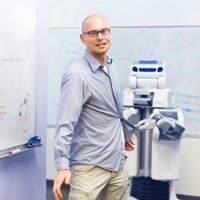
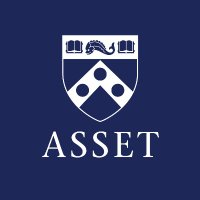
We can’t thank Amazon Web Services enough for the support! We are excited to see the developments in our students research!
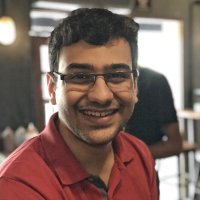




Looking forward to discuss the promise of neurosymbolic approaches to trustworthy AI at U.S. National Science Foundation CISE nsf.gov/events/neurosy…






